ANALYZING A QUINCY STREET VICTORIAN (1902)
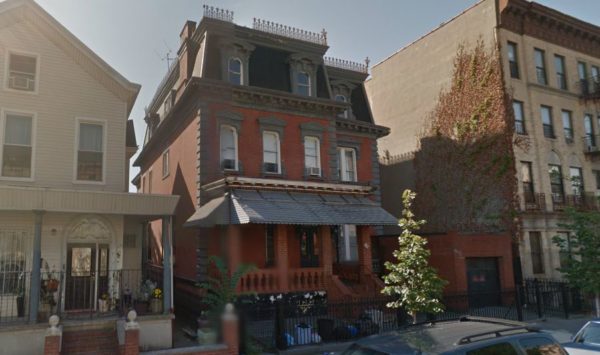
******************************************************************************************************************************** Brownstone Detectives investigates the history of our clients’ homes. The story you are about to read was composed from research conducted in the course of one of those investigations. ******************************************************************************************************************************** In 1902, Quincy Street, between Bedford and Nostrand avenues, had become a leader in the Bedford District in block beautification initiatives. A forerunner to the Greenest Block campaign that would come 70 years later, the campaign in 1902 would be called “Block Beautiful.” Because the campaign had become so popular that year, this block of Quincy Street would have a number of pictures of its houses published in the Brooklyn Daily Eagle. Here we have three shots of 186 Quincy Street – the home of Daniel Winant (a dealer in hotel and steamship food supplies) – which the Eagle called “the old Joseph C. Hoagland residence.” It was, they noted, a “double mansion of red brick, with a large lawn on one side, one of the finest of Hill residences.” So apparently, even back then, Clinton Hill was encroaching upon the Bedford section. 😉 The first picture, above, is a Google Maps northwest facing view of the house is from 2014; that is followed below by two more shots – a newspaper photograph from 1902, and then, another Google Maps shot from 2016. WHAT DIFFERENCES DO YOU NOTICE BETWEEN THE FOLLOWING TWO PICS!?!? Follow @brownstonedetec Share ———————————————————————————————————————– The Brownstone Detectives Brownstone Detectives is an historic property research agency. Our mission is to document and save the histories of our […]
BROOKLYN DREAMS OF ELECTRIC SHEEP (1903)
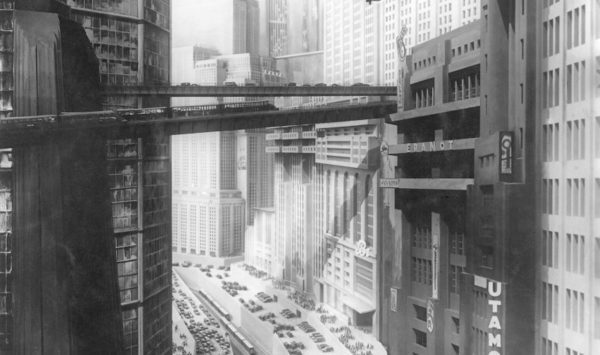
******************************************************************************************************************************** Brownstone Detectives investigates the history of our clients’ homes. The story you are about to read was composed from research conducted in the course of one of those investigations. Do you know the history of YOUR house? ******************************************************************************************************************************** In 1903, the Brooklyn Daily Eagle printed a fantastical futuristic story that gave insight into what Brooklyn’s imaginative residents may have suspected was the future for their borough. Entitled, “Brooklyn in 1999,” it was subtitled, “When Electricity Has Gone Out of Fashion and the B. R. T. Has Air Line Franchises” – a hopeful nod at the speed of progress, as well as a cynical snipe at how, ironically, “nothing ever really changes.” Like most “dreams” of the future, this one was rather reflective of the then-present, albeit including the compulsory automatic-everything and instantaneous air travel. One thing is a certainly, and that was the 1903 Brooklynite’s token view of “the help,” which was, in this case, the omnipresent Irish kitchen girl, who lives on in the form of an automaton with a fairly common Irish name… ********************************************************************************************* “The iron bridget’s out of order again this morning,” complained Mrs. Bobbidge, as her husband came out to the diningroom in his dressing gown and slippers. “Bother!” was Mr. Bobbidge’s remark. “This’ll make the fourth morning this month that I have been late at the office. He glanced at the clock. It was half past 10. He had only half an hour in which to get his breakfast and reach his desk. “We’ll […]
THE WINDSOR TERRACE ASH HOLE (1903)
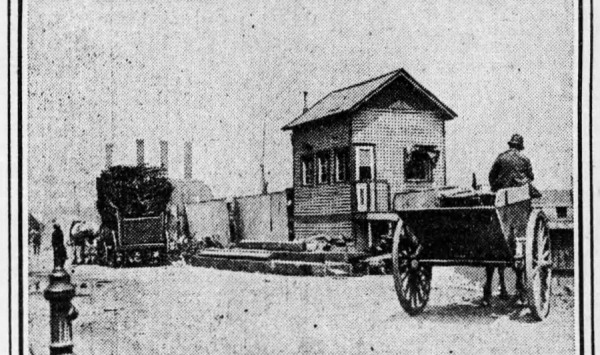
******************************************************************************************************************************** Brownstone Detectives investigates the history of our clients’ homes. The story you are about to read was composed from research conducted in the course of one of those investigations. Do you know the history of YOUR house? ******************************************************************************************************************************** Nobody likes an ash hole. It is a given fact. They’re a nuisance. They’re an eyesore. And everyone would rather they go somewhere else than stick around and continue to bother them. So, when a wealthy real estate operator and contractor, a Thomas McCann, who owned the land in Windsor Terrace where the ash hole was to go – what today comprises the backyards of Nos. 637 – 641 17th Street – determined to sell the land to an ash hole operator, all hell broke loose. For many years a dumping ground for the Street Cleaning Department and various contractors, the triangular plot of land, was now up for sale to the City. McCann, the owner, claimed the land to be quite valuable at $12,500. The City, though, thought it was really only worth less than half of that, at $5,700. The City’s real estate expert, the man who’s opinion about land might have mattered the most, and “who went over the property carefully,” thought it was worth only $1,132. The neighbors, who would have to deal with the ash hole if it moved in next door, seemed to be the only ones who really knew the value of living next to an ash hole – $500. In the end, the […]
A BROOKLYN GENTRIFICATION STORY (1900)
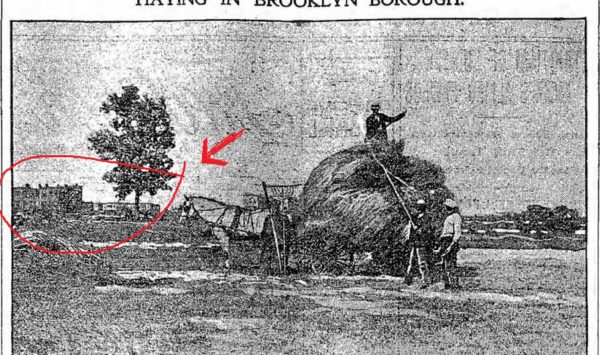
******************************************************************************************************************************** Brownstone Detectives investigates the history of our clients’ homes. The story you are about to read was composed from research conducted in the course of one of those investigations. Do you know the history of YOUR house? ******************************************************************************************************************************** (ABOVE: “Haying In Brooklyn Borough” shows farmers haying in the foreground while a row of new brownstones interlope in the background.) Chances are, if you are sitting anywhere within Brooklyn at this very moment, then you are sitting on what had once been a farm. Brooklyn began existing as farmland in the 1600s and it began to end that existence in the late 1800s and early 1900s. It was around this time that, in July of 1900, an intrepid Brooklyn Daily Eagle reporter took a trip out to the furthest reaches of Brownstone Brooklyn to see where the confluence of brownstones and farm horses collided. What he found made great copy. And it showed a more rustic world that had very recently existed in such neighborhoods as Bed-Stuy, Crown Heights, Prospect Lefferts Gardens, and other sections of the Eastern District (before houses were built there). The rural district that he trekked was the one that we now refer to as East New York. HAYING IN EAST NEW YORK As our reporter walked further and further south along Pennsylvania Avenue, he saw a district filled with streets and lots as far as the eye could see – which ran in this manner all the way down to Jamaica Bay. Those streets and […]
THE FIRE AT NO. 382 PARK PLACE (1903)
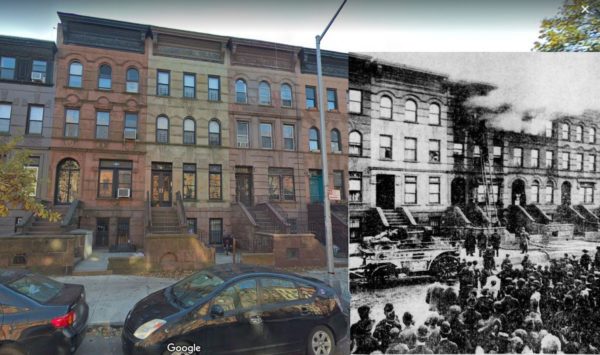
******************************************************************************************************************************** Brownstone Detectives investigates the history of our clients’ homes. The story you are about to read was composed from research conducted in the course of one of those investigations. Do you know the history of YOUR house? ******************************************************************************************************************************** All new homeowners begin their “home” journey with a blank slate. This is especially true in the case of owners of very old properties. They have very little information about the history of the structure they will be living in and nothing at all about the people who once lived there. When we meet with clients for the first time and reveal an important historical event involving their house, they begin to realize a very important historical tenet: Each house has a history. For one house, that history may include a tale about a runaway child. For another it could be a bankruptcy that led to a foreclosure on the home, followed by the family’s ignominious departure in the wee hours. For yet another, it may be a fire that almost destroyed the entire house that they had just purchased. For No. 382 Park Place, it was the flames. “THE FIRE CAUSED MUCH EXCITEMENT…” In a newspaper article accompanied by a picture of the firemen fighting the conflagration, the known details were spelled out – from the person who was home to how the fire was reported and what damage was done. “Fire broke out late yesterday afternoon in the house at 382 Park place and the work of the firemen […]
A RAILROAD FOR PARK SLOPE’S 8TH ST. (1904)
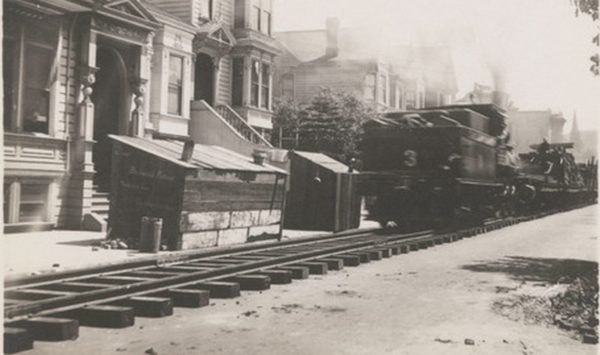
******************************************************************************************************************************** Brownstone Detectives investigates the history of our clients’ homes. The story you are about to read was composed from research conducted in the course of one of those investigations. Do you know the history of YOUR house? ******************************************************************************************************************************** Few of today’s Park Slope residents know about them. In early February of 1904, however, they suddenly appeared on Eighth Street between Prospect Park West and Eighth Avenue, an industrial omen in a white shoe neighborhood. These dark and foreign objects were a set of iron railroad tracks that had been – overnight – inserted coarsely into a place where they did not belong – residential suburbia. The block where these alien metals and wood had descended, had just barely been settled recently with homes (and even more recently with families). It had just seen itself partially developed with a row of eight upscale apartment houses on the north side of the street and 12 two-story & basement limestone houses on its south. With the recent spate of construction, there were – at the time the tracks appeared – a mere four families that had purchased “handsome houses” on the block, which they had taken possession of at “fancy prices.” Now, those with an interest on the block were showing “great alarm.” With the appearance of the tracks, residents fully expected their properties to be “ruined in value,” causing them to begin considering selling them at a discount and to ignominiously leaving the neighborhood. The builder of the limestones, Sen. William […]
HAS YOUR BROKER BEEN FOOLING YOU? (1905)
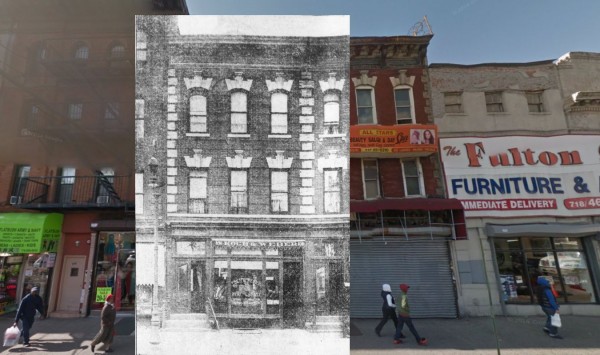
******************************************************************************************************************************** Brownstone Detectives investigates the history of our clients’ homes. The story you are about to read was composed from research conducted in the course of one of those investigations. Do you know the history of YOUR house? ******************************************************************************************************************************** In 1905, No. 838 Flatbush Avenue was only a few years old. But it was already on its third tenant. The Brooklyn Daily Eagle opened its Flatbush office at No. 838 (today, No. 834) that year, forcing Weber & Koch realtors out the door. The building had been constructed by Captain Henry Hoffman. Hoffman, referred to as captain from his sailing days, was the sole surviving member of the crew of the schooner America which had brought the America‘s Cup to the United states in 1851. In business life, Hoffman was a big man in New York society, having been a millionaire coal merchant, though, in 1905, and reputedly (according to many sources – amongst them the Daily Eagle) the wealthiest man in Flatbush at the time. Hoffman had originally expected to use the site for the real estate dealings he dabbled in. Soon after building the structure, however, Hoffman would sell and move on. The new owners would be the borough’s premiere newspaper, the Brooklyn Daily Eagle, which would maintained the office as a branch of the newspaper up until around the late 1920s. In 1918, however, part of the building was taken up by another organization. The Flatbush Chamber of Commerce established itself there. All this from an unassuming […]
GOD’S OIL & LUBE SHOP (1903)
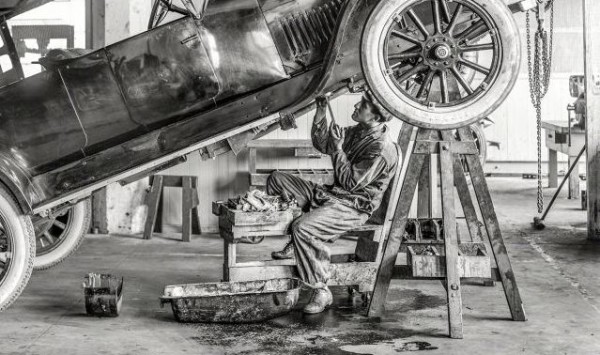
******************************************************************************************************************************** Brownstone Detectives investigates the history of our clients’ homes. The story you are about to read was composed from research conducted in the course of one of those investigations. Do you know the history of YOUR house? ******************************************************************************************************************************** By 1903, builder Wilfred Burr had moved into his second decade of house building, putting up brownstones and limestones around Stuyvesant Heights at a quick clip. Within his first decade in the profession he had managed to build hundreds of them. He was just 35, and was living with his wife, son, two daughters, and his mother-in-law (and two Swedish servants) at 555 Jefferson Avenue, but he was starting to become restless with the monotony. Able to purchase lots, put up buildings and sell them – almost with his eyes closed by this point – he began to look for something additional to do with his life outside of the construction business, seeking some way to spend his expendable income on an investment that excited him – something that was new and different. The new automobiles held that cache. They were fast, they were complicated – and his wife did not like him driving them. BUILDING THE AUTOMOBILE At some point, Wilfred and one of his bowling partners, secretary of the St. James Bowling Club, Robert W. Haff, had hatched the idea to bring a new and exciting automobile company to Brooklyn. This new-fangled piece of machinery was in its infancy, but more and more people – especially those with expendable […]
THE SEVEN SISTERS OF LINCOLN PLACE (1906)
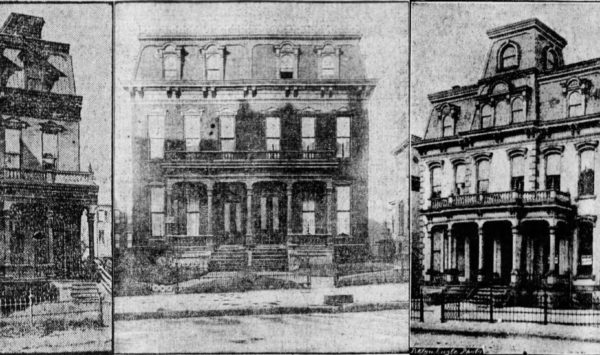
******************************************************************************************************************************** Brownstone Detectives investigates the history of our clients’ homes. The story you are about to read was composed from research conducted in the course of one of those investigations. Do you know the history of YOUR house? ******************************************************************************************************************************** If the Big Bad Wolf had had anything to do with it, he would have always voted for the predictability of a good detached wood-frame villa. It had gotten him far in his day and, what’s more, it had gotten him fed. But it wasn’t the Three Little Pigs’ hairy nemesis that was making housing decisions in Park Slope, Brooklyn around the turn of the last century. Rather, it was the Pigs, themselves, who wanted more modern, sturdier, up-to-date brick and masonry structures. THE DEATH OF VILLAS In early 20th century Brooklyn, a combination of home buyers’ indicators was guiding downward the valuation of older Victorian-era properties. First of all, impacting the long-term downward trajectory, there were the laws promoting fire zones that prevented structures built with wood frames from being constructed going forward. There was also their susceptibility to fire (which prompted these fire zones in the first place). And there was their age – a large number of free-standing villas still around in Brooklyn at the time were at least 25 years old – most others were many years older that that. Most visible, however, were the tastes of the early 20th century home buyers which leaned heavily in the direction of sturdy masonry buildings. The variable, however, which […]
A “9-YEAR-OLD HABITUAL DRUNKARD” (1900)
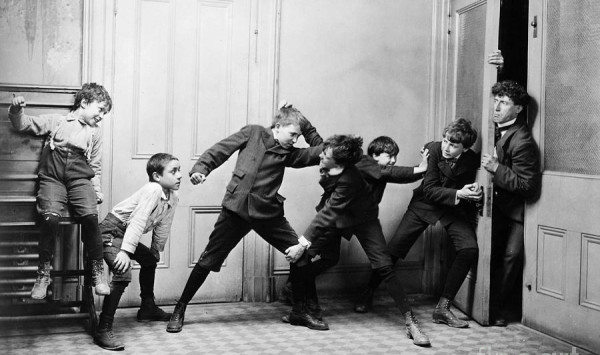
******************************************************************************************************************************** Brownstone Detectives investigates the history of our clients’ homes. The story you are about to read was composed from research conducted in the course of one of those investigations. Do you know the history of YOUR house? ******************************************************************************************************************************** A few years ago today, the internet was abuzz with the story of a 9-year-old boy who drank, smoke pot, and was abusive to everyone. Maybe scandalous in today’s world, but back in the 19th century it was apparently a more common occurrence. In a world where 9-year-olds were habitually asked to run down to the corner bar and get their father’s (or mother’s) beer pail or growler filled, such boys were plentiful. BOARDING BOYS Children were also less protected, as we all know, back in the day. They were frequently even boarded with other families in the neighborhood, or shipped off to those who advertised their services in the newspapers. These latter were usually those who were house- or room-rich (had enough extra room for children wherever they lived), but didn’t necessarily have the income needed for getting by. Boarding children was just another way of making ends meet. “BOARD – TWO OR THREE CHILDREN wanted to board; will be instructed. Apply at 98 Troutman st.,” read one ad, for instance, appearing in the Daily Brooklyn Eagle in 1885. But it was not always those seeking boarders who had the bad children who drank, smoke, and cursed. At the very same address listed in the ad above, 98 Troutman Street, […]